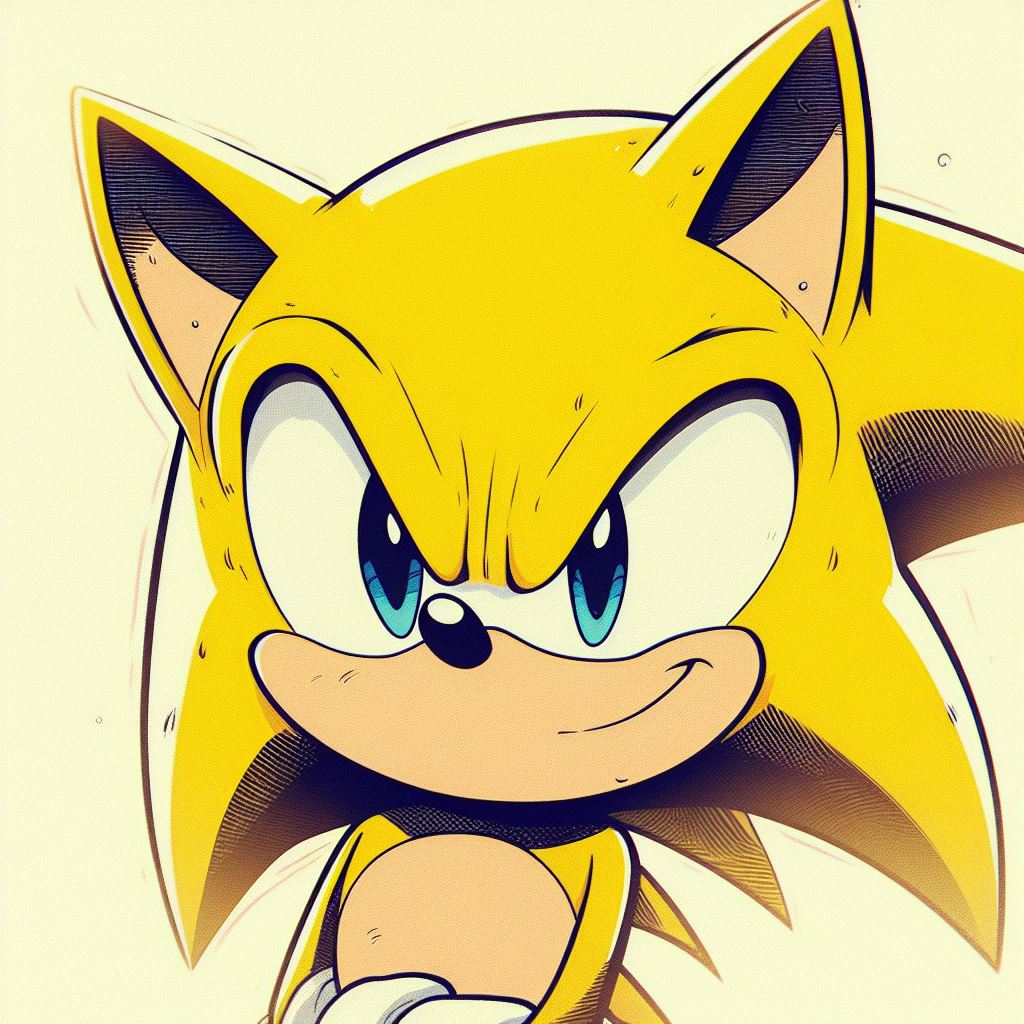They kinda are. Sure, there’s connective tissues you don’t see, but all that room is room for the baby’s bones to grow!
Lol I saw the post and thought that someone will write: „They kinda are“. It’s so interesting how this prompts certain phrases.
Cunningham’s Law states “the best way to get the right answer on the internet is not to ask a question; it’s to post the wrong answer.”
What’s with just the two small round bones in the wrist? Surely adults have more bones than that in their hands. I never realized you actually grow new bones after birth.
It’s the opposite actually. Babies have extra bones that fuse together as we grow.
… wow. But where are the wrist hand bones in this picture then? 🤔
Not calcified, so they’re transparent to X-rays. There are two rows with four bones each in the wrist. It takes 4-6 years for all but one to calcify. It takes 8-12 years for the final bone, the pisiform, to calcify.
The two that you can see there, the capitate and hamate bones, calcify first by four months of age. The next bone, the triquetrum, won’t calcify until around two years at the earliest.
m8 you just blew my mind 🤯
Baby bones are wild. When they’re first born, they’re more cartilage than bone, with some bones starting completely as cartilage, like the wrist bones, and others being a mix of bone and cartilage, like what you’re seeing in the “missing” ends of the finger bones. It’s tough cartilage, though, which is why it doesn’t just squish around like with the cartilage in your ears or nose


